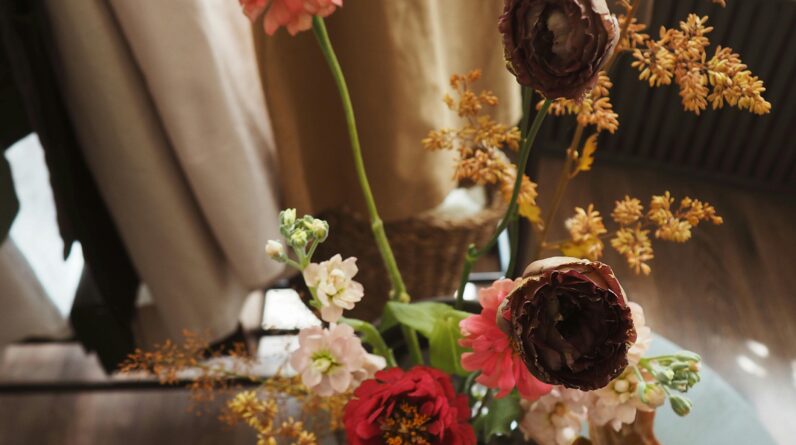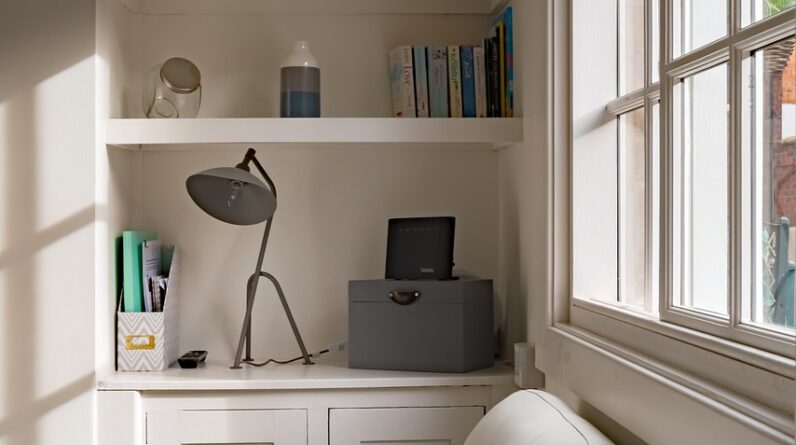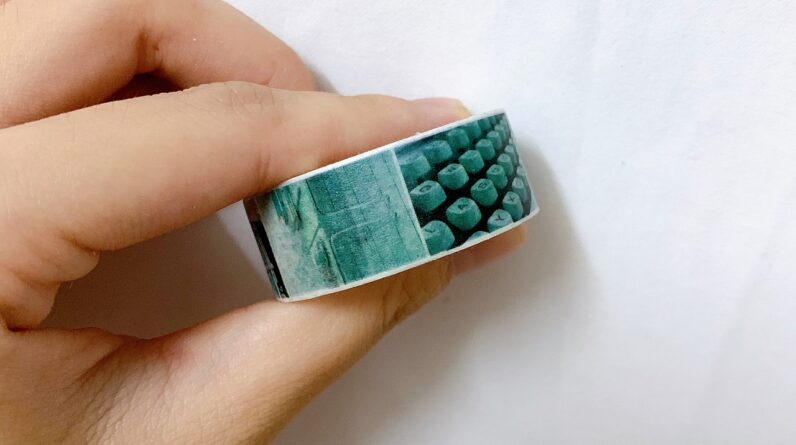
Join us on a vibrant and eco-friendly journey as we explore the exciting world of making natural dyes at home. In this guide, we’ll learn how to transform everyday ingredients from our kitchens and gardens into a rainbow of rich, beautiful colors. Together, we’ll discover the fascinating history behind natural dyes, the simple steps to create them, and some fun projects to put our new skills to use. Let’s dive in and add some natural hues to our lives!
Have you ever wondered how people in ancient times colored their clothes and textiles without the use of modern synthetic dyes? We certainly have, and it led us on a fascinating journey into the world of natural dyes. Not only is this practice steeped in history and tradition, but it’s also a fun, creative, and eco-friendly way to add vibrant colors to various materials right from the comfort of our homes.

Why Make Natural Dyes at Home?
Creating natural dyes at home can be an incredibly rewarding experience. It’s an opportunity to harness the vibrant hues found in nature and apply them to our favorite fabrics and crafts. Here’s why we think you’ll love it:
- Eco-Friendly: Natural dyes are biodegradable and non-toxic, making them a sustainable choice over chemical dyes.
- Creative Expression: Experimenting with different plants and techniques allows us to create unique colors and patterns.
- Historical Connection: This practice connects us with ancient traditions and cultural rituals.
- Mindfulness: Dyeing can be a relaxing, meditative process that encourages mindfulness and presence.
What You Need to Get Started
Before we dive into the various dye sources and techniques, let’s talk about what we’ll need to start our natural dyeing journey. Here’s a quick list of basic supplies:
Basic Supplies
| Item | Purpose |
|---|---|
| Plants, fruits, or vegetables | Primary source of pigments |
| Water | Solvent for extracting and applying dyes |
| Mordants (e.g., alum, vinegar) | Helps bind the dye to the fabric |
| Stainless steel or enamel pot | Boiling and dyeing vessel |
| Strainer or cheesecloth | Straining plant material from dye liquid |
| Wooden spoon or stirrer | Stirring the dye mixture |
| Rubber gloves | Protecting hands from stains |
| Fabric or yarn | Material to be dyed |
| Measuring cups and spoons | Measuring ingredients |
| pH modifiers (e.g., baking soda) | Adjusting dye color and intensity |
Choosing Your Fabric
The type of fabric we choose greatly influences the dyeing outcome. Natural fibers like cotton, wool, silk, and linen take dye more readily than synthetic ones. For best results, pre-wash your fabric to remove any residues that may interfere with the dye uptake.
Preparing Natural Dyes
Now that we have our supplies ready, let’s delve into the specifics of preparing natural dyes. The steps will vary slightly depending on the dye source, but the general process remains consistent.
Gathering Dye Materials
We can source dye materials from various plants, fruits, and vegetables. Here are some common sources and the colors they yield:
| Material | Color |
|---|---|
| Onion skins | Yellow |
| Red cabbage | Light blue |
| Turmeric | Bright yellow |
| Avocado pits | Pink |
| Black beans | Blue-gray |
| Spinach | Green |
| Beets | Deep red |
| Berries | Various shades of purple, blue, and red |
Extracting the Dye
We need to extract the pigment from our chosen materials. Here’s a general method we can use:
- Chop or Crush: Break down the plant material into smaller pieces to increase surface area.
- Boil: Place the material in a pot, add water, and bring it to a boil. Simmer for about an hour, or until we achieve a rich color.
- Strain: Use a strainer or cheesecloth to remove solid plant material, leaving us with a dye-rich liquid.
Mordanting
Mordants are crucial in natural dyeing. They help the fabric absorb and retain the dye, resulting in more vibrant and long-lasting colors. Common mordants include alum, vinegar, and iron. Here’s a basic guide to mordanting:
- Prepare: Dissolve the mordant in water. For alum, use 1 teaspoon per gallon of water.
- Soak: Submerge the fabric in the mordant solution for at least an hour. For some fibers, it’s best to soak overnight.
- Rinse: Rinse the fabric in cool water before dyeing.
Dyeing Techniques
With our dye liquid and mordanted fabric ready, we can explore different dyeing techniques. Each method offers unique effects and levels of color intensity.
Immersion Dyeing
The most straightforward method, immersion dyeing, involves soaking the fabric in the dye bath.
- Heat the Dye Bath: Reheat the dye liquid until it’s warm but not boiling.
- Submerge Fabric: Place the pre-wet, mordanted fabric into the dye bath.
- Stir: Occasionally stir the fabric gently to ensure even color distribution.
- Soak: Let the fabric soak until the desired color is achieved. This can range from 30 minutes to several hours.
- Rinse and Dry: Remove the fabric, rinse in cool water until the water runs clear, then hang to dry.
Shibori Dyeing
Shibori is a traditional Japanese technique that involves folding, twisting, and binding fabric to create beautiful, intricate patterns.
- Fold and Bind: Fold and bind the fabric using rubber bands, string, or clamps to create resist patterns.
- Dyeing: Immerse the fabric in the dye bath. The bound areas will resist dye, forming patterns.
- Unbind and Rinse: Once the desired color is achieved, unbind the fabric, rinse, and dry.
Eco-Printing
Eco-printing uses leaves, flowers, and other natural items to imprint images onto fabric.
- Arrange: Place plants and flowers on the fabric in our desired design.
- Bundle: Roll the fabric tightly around a dowel or stick and secure with string.
- Steam: Steam the bundle for 1-2 hours, allowing the plant pigments to transfer to the fabric.
- Unroll and Rinse: Unroll, rinse, and marvel at the intricate prints left behind.

Fixing and Caring for Natural-Dyed Fabrics
Fixing the dye ensures that it binds well to the fabric and doesn’t wash out easily. While mordants help, additional steps can help set the color:
- Salt Fixative: Dissolve ½ cup of salt in 8 cups of water. Soak the dyed fabric for an hour, then rinse thoroughly.
- Vinegar Fixative: Mix ⅔ cup vinegar to 8 cups cold water. Soak the fabric accordingly.
For longer-lasting colors, always hand wash natural-dyed fabrics in cold water with a mild detergent. Avoid direct sunlight and harsh chemicals.
Troubleshooting Common Issues
Natural dyeing can sometimes be unpredictable. Here’s how we can address common issues:
| Issue | Solution |
|---|---|
| Color Fades Quickly | Use a stronger mordant, or add a fixative post-dyeing |
| Uneven Color Distribution | Stir more frequently during immersion dyeing |
| Colors Aren’t Vibrant Enough | Use more concentrated dye baths or adjust pH with baking soda |
| Fabric Tie-Dyed Unintentionally | Ensure fabric is free-floating in the dye bath, not tangled |

Storing Natural Dyes
If we have leftover dyes, we can store them for future use. Allow the dye to cool completely, strain it into clean jars, and refrigerate. Most dyes can be stored for up to a week.
Inspiring Projects to Try
Not sure where to start? Here are some inspiring ideas for your natural dye experiments:
- Tie-Dyed Totes: Create a collection of tie-dyed tote bags using various natural dyes.
- Scarves: Silk or cotton scarves dyed with seasonal flowers and plants make great gifts.
- Home Décor: Dye pillowcases, table runners, or napkins to add a custom touch to your home.
- Eco-Printed Journals: Use eco-printing to decorate the covers of journals or sketchbooks.

Sharing Your Natural Dye Journey
We live in a connected world where sharing our discoveries only enriches the community. Document your natural dye projects and share them on social media, blogs, or crafting forums. Inspire others to dive into this eco-friendly and creative pursuit.
By making our own natural dyes at home, we not only contribute to a more sustainable lifestyle but also engage in a deeply satisfying creative process. So, gather your materials, set up your workspace, and let’s explore the beautiful, colorful world of natural dyes together. Have fun dyeing!







